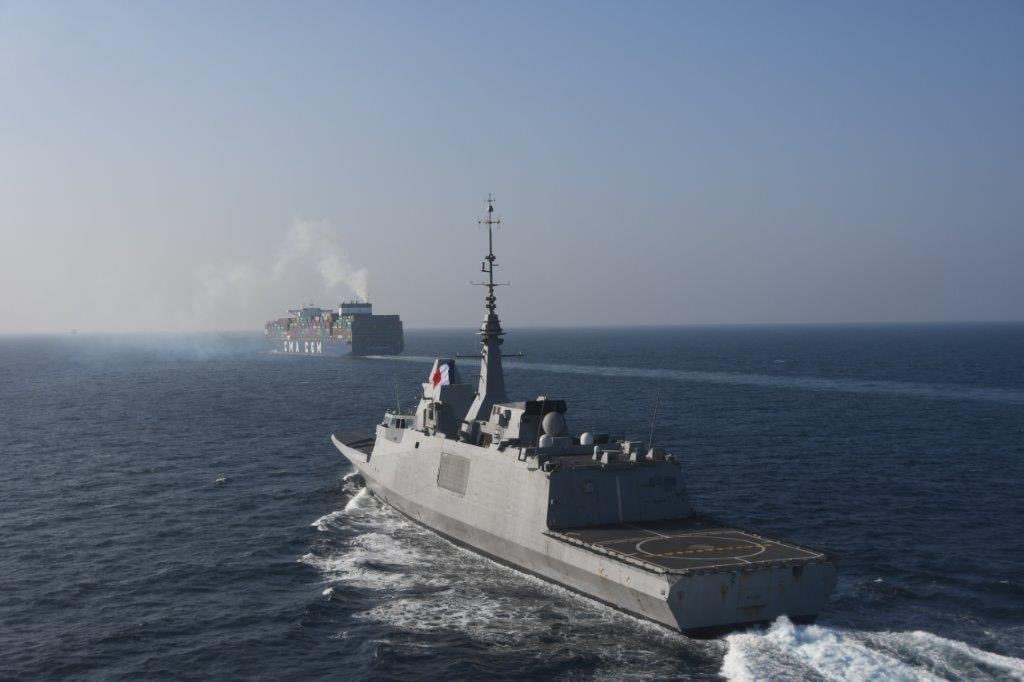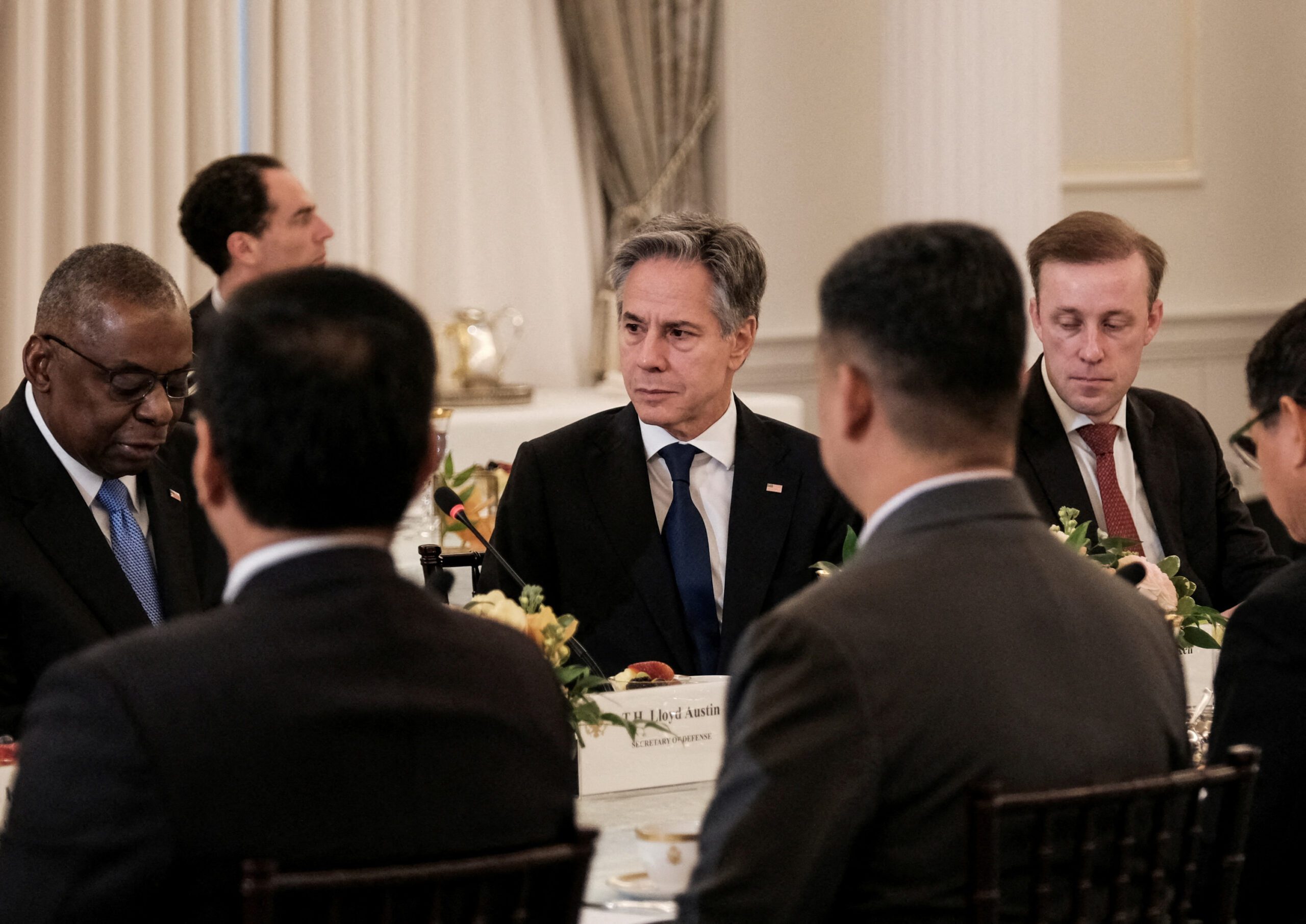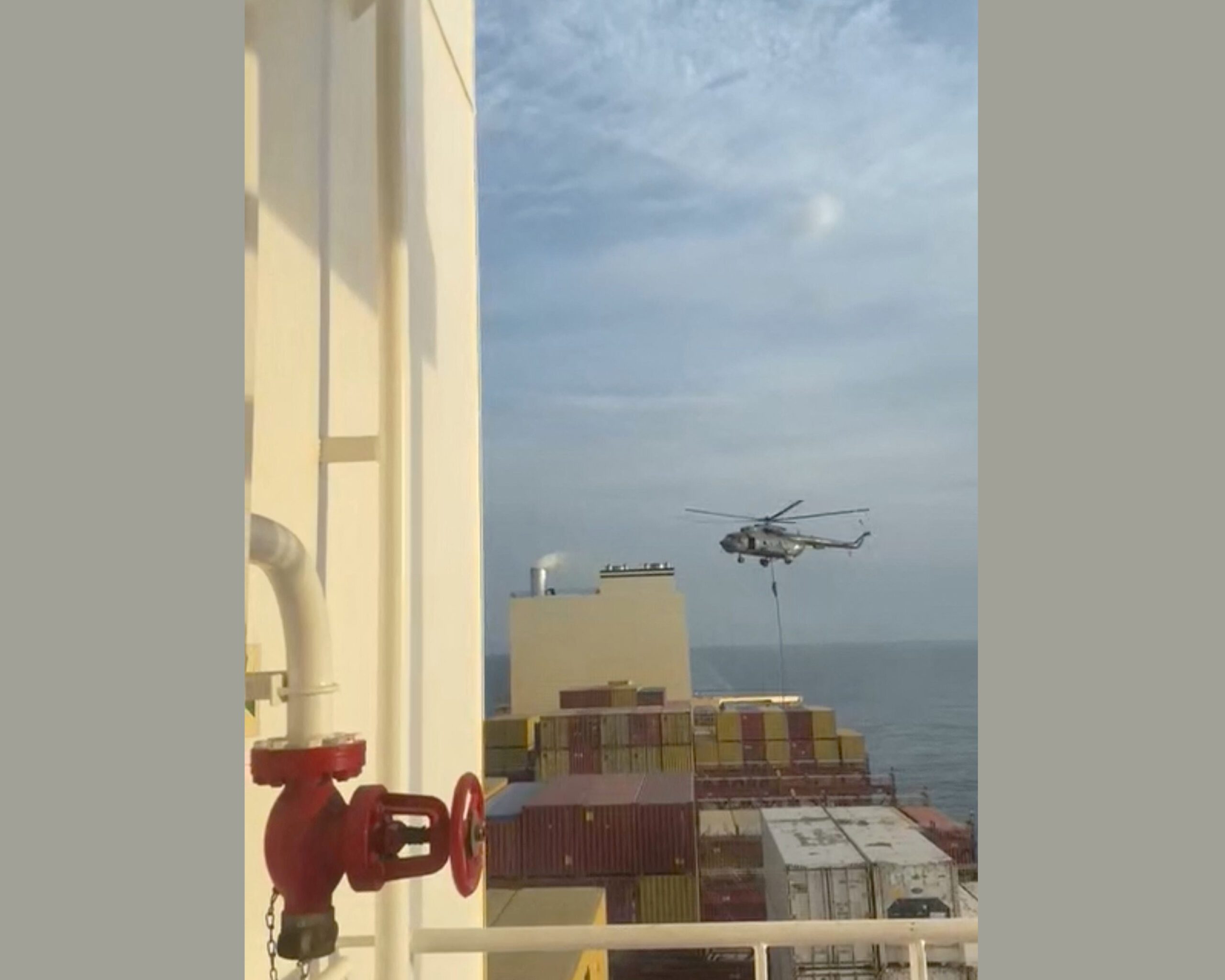.
BEIJING–China has passed a landmark in the development of its first fully functional aircraft carrier with the first successful landing of a jet fighter on the newly launched vessel while it was at sea, according to Chinese state media and the Defense Ministry.
State-run China Central Television showed a domestically produced J-15 “Flying Shark” fighter jet touching down on the deck, catching hold of a cable with a hook on its rear, and slowing to a standstill shortly before the other end of the runway.
CCTV also showed one of the twin-engine fighters taking off from the carrier–which is called the Liaoning–and the Defense Ministry’s website showed photographs of the aircraft landing on the vessel and taking off from it.
It was the first official confirmation that China has mastered the complex technology and technical skills needed to operate fighters from a carrier at sea–a capability it has been seeking for decades as part of its quest to become a global military power.
READ: World’s Aircraft Carriers Visualized
The Liaoning, which officially entered service in September, is a potent symbol of China’s long-term strategic ambition to project air power far from its shores and challenge U.S. military dominance of the Asia Pacific region.
China has said the vessel will be used only for training, but many military experts say that it could be deployed in a crisis near Chinese shores, such as a clash over disputed islands in the East China Sea or the South China Sea.
Military experts say it will take several more years of training before the vessel, based on a hull bought from Ukraine, is combat ready. China also has to develop the requisite support-vessel and associated technologies before it can use a carrier group the way the U.S. does, to extend its military influence abroad.
Still, many of those experts had expected it to take longer for China to train its pilots to land on the carrier.
Last month, a state-run Chinese newspaper published photographs that appeared to show a J-15 fighter flying just above the deck of the carrier, suggesting that it was performing a “touch and go” maneuver in preparation for an attempted landing.
The state-run Xinhua news agency said the successful landing had been completed during a recent exercise, but didn’t specify precisely where or when.
“Capabilities of the carrier platform and the J-15 have been tested, meeting all requirements and achieving good compatibility,” Xinhua said.
Xinhua didn’t say how many fighters had landed, but a separate article on the Defense Ministry website said that four more pilots had successfully landed and taken off from the vessel.
Xinhua also said the successful landing marked the debut of the J-15 as “China’s first-generation multipurpose carrier-borne fighter jet.”
Military-aviation experts say the J-15 is closely modeled on Russia’s carrier-borne Su-33 fighter, and is still equipped with engines imported from Russia. Those experts say Chinese engines, while improving, don’t have sufficient thrust or durability.
Xinhua said the J-15 was “designed by and made in” China, and was able to carry “multitype antiship, air-to-air and air-to-ground missiles, as well as precision-guided bombs.”
The J-15 had capabilities comparable to those of the Su-33 and the U.S. F/A-18, Xinhua said. The F/A-18, also known as the “Super Hornet,” is used on U.S. carriers.
An article posted on the Defense Ministry web site quoted Sr. Col. Zhang Junshe, deputy director of the Naval Military Studies Research Institute, saying the J-15 had a range of about 3,000 kilometers (1,860 miles) without refueling.
Col. Zhang was also quoted as saying that China’s carrier-borne aircraft would be fully combat-ready within about two years, and its first carrier group would be fully operational in four to five years.
In its annual report to Congress on Chinese military developments, the Pentagon said China might have already begun construction of components for its first fully indigenous aircraft carrier, although that vessel was not likely to be completed until after 2015.
Copyright (c) 2012 Dow Jones & Company, Inc.
Unlock Exclusive Insights Today!
Join the gCaptain Club for curated content, insider opinions, and vibrant community discussions.

 Join The Club
Join The Club



![China Lands Jet on New Aircraft Carrier [VIDEO]](https://gcaptain.com/wp-content/uploads/2012/11/chinese-aircraft-carrier.jpeg)









